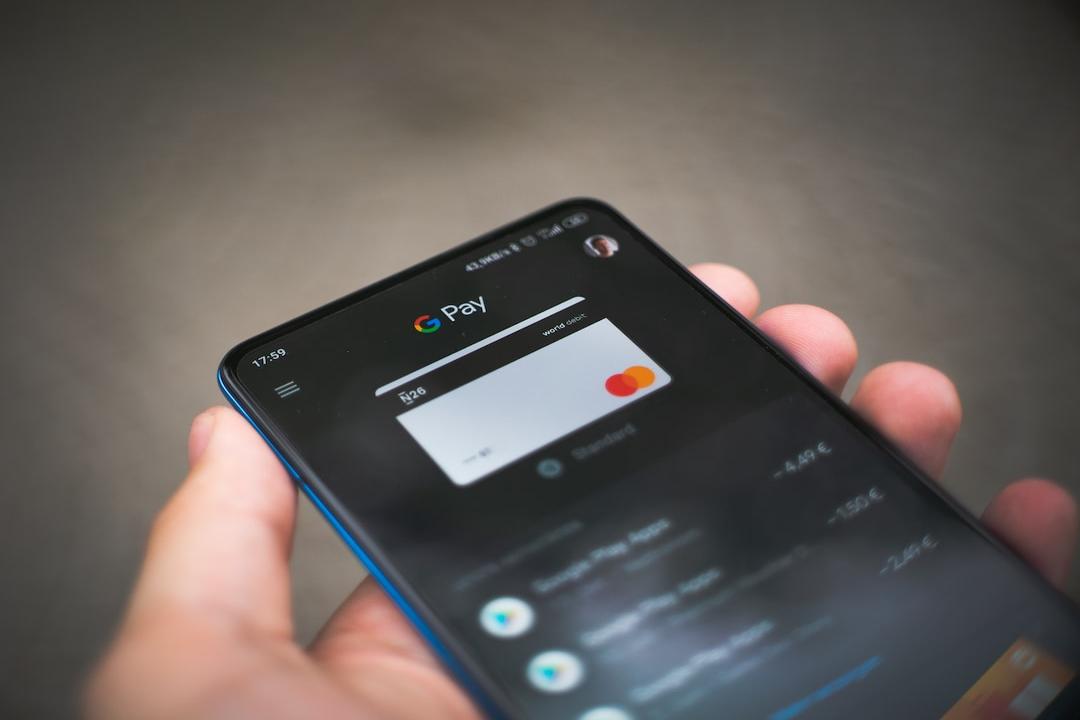Exploring the Fusion of Blockchain and AI in the EU
What happens when the secure realm of blockchain intersects with the intelligence of AI? Uncover the enchanting blend that the EU is creating by merging these two cutting-edge technologies.
Table of Contents
The Perfect Harmony of AI and Blockchain
Envisioning the Future of AI and Blockchain Fusion
The Path Forward
You’ve likely come across the buzzwords blockchain and AI quite frequently. But what unfolds when these two powerful technologies come together? The European Union (EU) is delving into this very question. Recently, the European Blockchain Observatory and Forum (EUBOF), under the European Commission, released a report highlighting the immense potential of integrating blockchain technology with artificial intelligence (AI).
As per the EUBOF report, penned by the Directorate-General for Communications Networks, Content, and Technology, the opportunities are vast. Imagine this: AI data, requiring top-notch security, can find a safe haven on the blockchain. This holds significance for industries like healthcare and finance, where safeguarding data is paramount.
The EUBOF also emphasizes that the confluence of blockchain and AI can birth decentralized AI networks. This means moving away from a scenario where a few major corporations control all the data to one where AI development adopts a more collaborative approach. Essentially, it levels the playing field.
Another exciting aspect of this tech duo is how AI can enhance smart contracts. These contracts, which automatically execute when specific conditions are met, can benefit from AI’s capabilities, making them more efficient and dependable.
To spearhead this movement, the EUBOF suggests that Europe should become a global center for blockchain expertise. They also recommend increased engagement with diverse stakeholders and tackling the challenges accompanying new innovations.
Moreover, the EU plans to revamp regulations for the European High Performing Computer Joint Undertaking (EuroHPC), managing supercomputers across Europe. These supercomputers will support AI advancements, with new AI factories poised to enhance their capabilities.
So, what does this signify for us? Let’s delve deeper.
The Perfect Harmony of AI and Blockchain
AI and blockchain are the talk of the town, capturing the attention of investors worldwide. While skepticism may linger, there are solid reasons behind the excitement.
How can AI turbocharge blockchain, you may wonder? One crucial area is scalability. Blockchains like Bitcoin (BTC) and Ethereum (ETH) are notoriously slow. Bitcoin manages around 7 transactions per second (TPS), while Ethereum handles approximately 30 TPS. Compare this to Visa, processing 6,800 TPS.
This speed discrepancy poses a hurdle for blockchain adoption. Enter AI. It can predict congestion periods and optimize transaction flows, enhancing the speed and efficiency of blockchains.
Imagine AI as a traffic controller, analyzing data to identify potential slowdowns and rerouting transactions to maintain smooth operations. This not only accelerates processes but also enhances the reliability of blockchains, preparing them for more intricate applications.
AI can also bolster blockchain’s security. Take Ethereum’s rollups, which process transactions off-chain before adding them to the blockchain. Zero-knowledge rollups validate transactions using cryptographic proofs, safeguarding sensitive information. Optimistic rollups assume transactions are valid unless challenged by proof of fraud.
Typically, validations can take time, creating bottlenecks depending on network traffic. However, AI can analyze transaction patterns, foresee potential issues, and optimize the validation process, streamlining the system and boosting efficiency.
Furthermore, AI’s rapid data analysis makes it a potent tool for auditing blockchain applications. Rather than waiting for vulnerabilities to be exploited, AI can proactively detect and rectify them.
Fraud detection is another area where AI shines. It can monitor blockchain networks for suspicious activities, flagging potential fraud in real-time. This becomes crucial as blockchain integrates further into financial systems, where early detection can prevent massive losses and maintain network integrity.
The Future of AI and Blockchain Fusion
The fusion of AI and blockchain heralds a future where these technologies not only coexist but complement each other. Let’s explore the potential impact of this formidable alliance.
One promising domain is supply chain management. Current supply chains are complex networks, often lacking transparency in tracking goods’ origin and journey. Blockchain offers a tamper-proof ledger to record every supply chain step. When paired with AI’s data analysis prowess, businesses can optimize logistics, forecast demand, and preempt disruptions.
For instance, IBM’s Food Trust blockchain, tracking food products from farm to table, can leverage AI to detect patterns and prevent foodborne illnesses more effectively.
In healthcare, the amalgamation of AI and blockchain could lead to groundbreaking advancements. AI algorithms can analyze patient data, offering personalized treatment plans, while blockchain ensures secure storage and restricted access to sensitive information.
This synergy can streamline clinical trials, where AI aids in candidate identification and outcome prediction, and blockchain maintains trial data integrity, thwarting fraud and upholding transparency.
Financial services present another arena ripe for transformation. Decentralized finance (DeFi) platforms, built on blockchain, can harness AI to enhance trading algorithms, refine credit scoring models, and detect fraud.
AI’s predictive prowess can deliver precise risk assessments, while blockchain’s security features safeguard user data and transactions.
According to a PwC report, AI is projected to contribute $15.7 trillion to the global economy by 2030, with blockchain adding another $1.76 trillion. Together, they can construct a more secure, efficient, and innovative financial ecosystem.
The Path Forward
As we stride into this era, envisage a world where smart cities thrive on AI and blockchain.
AI could optimize traffic management systems by analyzing data from diverse sources like cameras and sensors, enhancing traffic flow and reducing congestion. Blockchain can ensure data integrity and security, preventing tampering and unauthorized access.
Likewise, energy grids stand to benefit from this integration, with AI predicting energy demand and blockchain facilitating peer-to-peer energy trading among consumers.
In essence, the future with AI and blockchain together appears remarkably promising. Together, they can address pressing challenges across industries and pave the path for an efficient, secure, and innovative future.

